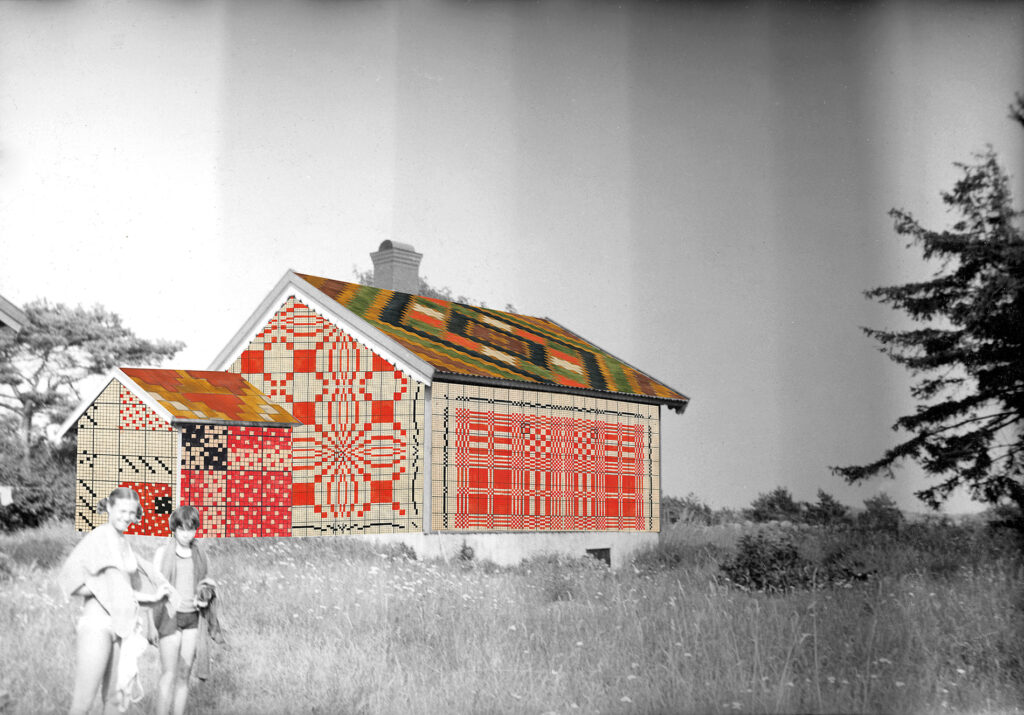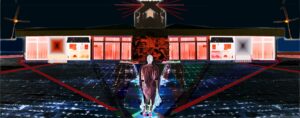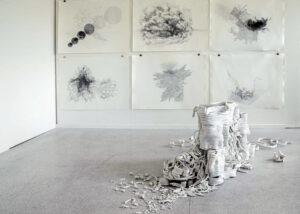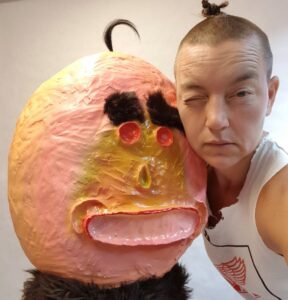
TRÅDAR
3-19 DECEMBER 2021
Johanna Schartau tar upp angelägna allmänmänskliga frågor i sin konst, ofta med den personliga berättelsen som utgångspunkt.
Hon bedriver en konstnärlig forskning, som ligger till grund för hennes arbeten, när hon gräver i sitt eget såväl som offentliga arkiv med historiskt och samtida material. Att bryta ner hennes konstnärskap i projekt ligger närmre till hands än att dela upp det i enskilda konstverk. Hon utgår från det egna arvet när hon ställer den existentiella frågan, vad har format mig som människa? Tiden, och det politiska samhälle vi lever i, de kön- och klassbundna förutsättningarnas ramar, de förutsedda och oförutsedda händelser, relationer mellan
människor och det genetiska arvet. Allt detta lyfter Johanna Schartau fram och belyser på olika sätt.
Bakgrundsmaterial som betytt mycket för hennes konstnärliga process är efterlämningar från hennes bortgångna familjemedlemmar som levt i andra tidsramar. Textilt material och mönster intresserar henne och utgör en av de röda trådar som löper genom hennes konstnärskap. Hon använder och relaterar till varierande tekniker och material valt utifrån berättelsen och sammanhanget; film, fotografi, textil, skulpturala objekt.
Ýrr Jónasdóttir/
Chef Ystads konstmuseum
________________________________________________________________________________
Johanna Schartau/ född 1963 i Stockholm, är utbildad på Konstfack och Konsthögskolan. Hennes arbeten har ställts ut både i Sverige och utomlands. Johanna arbetar även med offentlig konst, senast ”Leken” för Harlyckans idrottshall i Helsingborg och med film, som t.ex. ”Farmor Ruth och hennes döttrar” som visats på flertal filmfestivaler bl.a. i China, Krakow, Poznan, Berlin och nu senast på festivalen ”Humor, kropp och lite allvar” på Panora/ Malmö (2021, hennes filmer har också visats på SVT. Johannas arbeten finns representerade på många regioner och kommuner i Sverige liksom Ystads Konstmuseum, Statens Konstråd, Malmö Konstmuseum och SAK m.fl.



